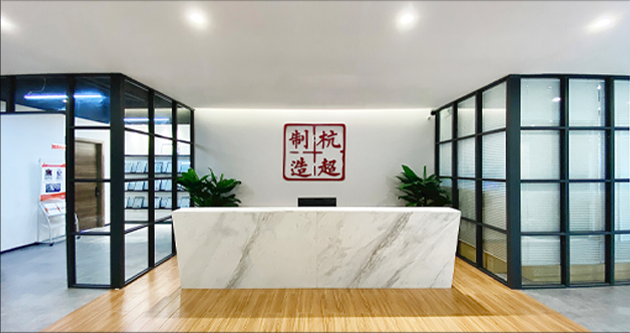
Working Principle :
Thermal Effect Ultrasonic thermal action can produce two forms of thermal effects. One is the thermal effect produced by continuous waves, and the other is instantaneous thermal effect. The combination of the two intensifies internal friction, causing part of the acoustic energy to be absorbed and converted into medium energy, promoting the temperature rise of the liquid medium and changing the viscosity and fluidity of the solution. Acoustic Flow Effect When the ultrasonic wave reaches a certain intensity, the jet flow caused by the acoustic flow effect will circulate in the entire metal melt, forming a circulating current. Acoustic flow is a combination of laminar and turbulent interactions, which has a violent vibration and stirring effect on the metal melt. Cavitation Effect Cavitation is a physical phenomenon caused by ultrasonic waves, which is the main reason why ultrasonic waves can refine metal melts. When high-intensity ultrasonic waves are used to treat liquids, sound waves propagating in the liquid medium produce alternating cycles of high pressure (compression) and low pressure (rarefaction). During the rarefaction cycle, high-intensity ultrasonic waves generate true vacuum bubbles or voids in the liquid. When the bubbles reach a volume where they can no longer absorb energy, they collapse violently during the compression cycle. Small bubbles produce pressures of up to tens of thousands of atmospheres at the moment of collapse, thereby exerting a strong impact on nearby liquids, achieving mixing effects.
